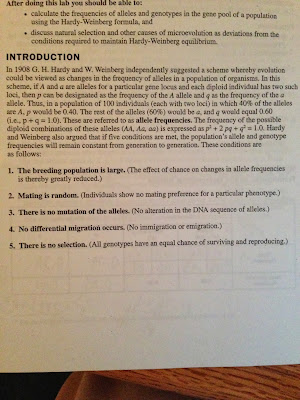1.
The centromere is a region in which…
The
answer is chromatids are attached to one another
2.
What is a chromatid?
A
replicated chromosome
3.
During which phase do centioles begin to
move apart in animal cells
Prometaphase
4.
Which phase is the longest phase of the
mitotic stages?
Prophase
5.
During which phase do centromeres
uncouple, sister chromatids are separated, and the two new chromosomes move to
opposite poles of the cell?
Anaphase
6.
A cell containing 92 chromatids at
metaphase of mitosis would, at its completion, produce two nuclei containing
how many chromosomes?
46
7.
The formation of a cell plate is
beginning across the middle of a cell and nuclei are re-forming at opposite
ends of the cell. What kind of cell is this?
A
plant cell undergoing cytokinesis
8.
Movement of the chromosomes during
anaphase would be most affected by a drug that…
Prevents
shortening of microtubules
.jpg)

.jpg)


















